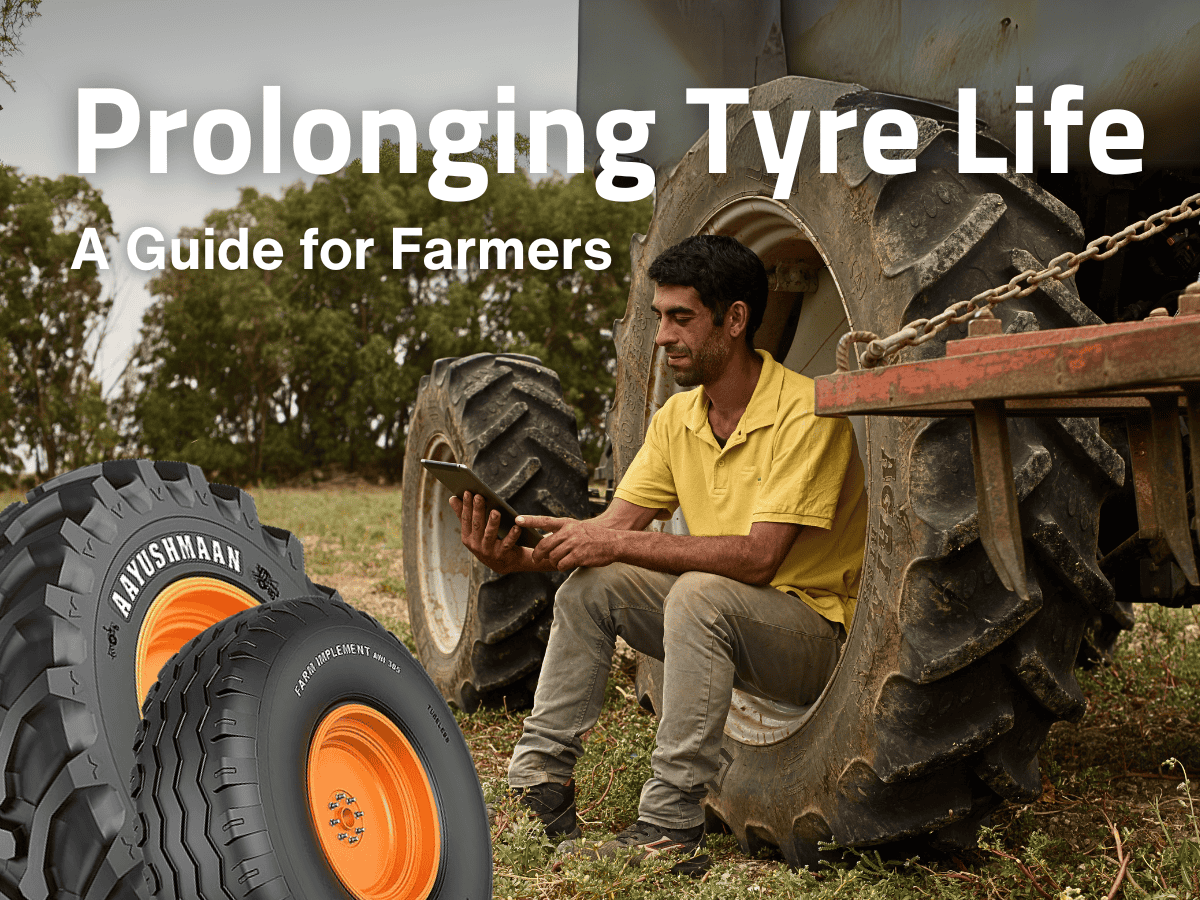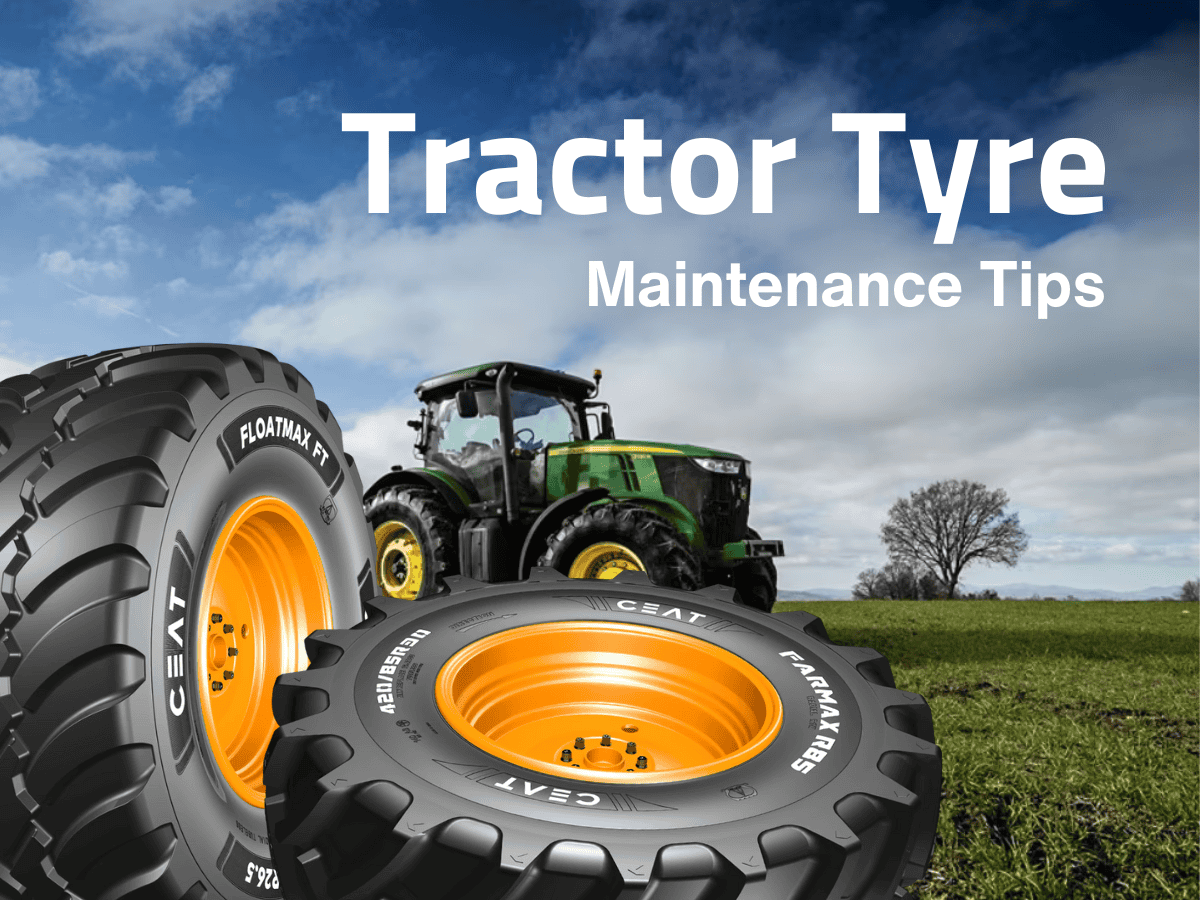ceat-speciality:blogs-tags/all,ceat-speciality:blogs-tags/tyre-care
Why the cross-ply/radial decision is different for trailer tyres
Wed, 28 Sep 2022 | PRODUCTS
Although there are some exceptions for simple tractors and those that do mostly yard work rather than operating on the land or the road, radial tyres have largely replaced cross-ply or bias types on agricultural tractors and self-propelled machines, for reasons of comfort, compaction reduction and grip. However, when it comes to trailer tyres, the merits of the two design and manufacturing principles are more evenly matched. Before you next start browsing for ‘trailer tyres for sale’ or ‘trailer tyres near me’ or begin scrutinising trailer tyres’ price lists, bear the following points in mind.
When rubber compound tyres were first introduced over a century ago, they were of cross-ply/bias design, manufactured from side to side across the profile of the tyre. While very robust, the rigidity of this design was also one of its downsides. Radial tyres, introduced in 1946 and manufactured around the circumference of the tyre, overcome this issue with their more flexible sidewalls, but there is still a place for cross-ply tyres in many vehicle sectors, one of which is agricultural trailers.
The construction differences between tyres designed and manufactured using cross-ply/bias and radial techniques give them different attributes that means each type merits a place in the decision-making process when selecting new trailer tyres. Many of the attributes of each are relevant also to tractor tyres and those for other motive vehicles, but there are a number that make each type especially worthy of consideration when it comes to trailer tyres.
Like other radial tyre types, thanks to their more flexible sidewalls radial trailer tyres such as the CEAT Floatmax tyres produce an increased ground contact patch thanks to a greater tyre ‘bulge’ when inflated to the correct pressure. This means radial trailer tyres help to minimise compaction from the trailer in the field, and handle well on the road, cushioning shocks transferred through the trailer to the tractor when the trailer tyres encounter potholes, for example, enhancing trailer stability on rough roads.
The sidewall flexibility also helps to dissipate the heat that naturally builds up when a tyre is rotating at speed on the road, while the circumferential belted construction gives radial trailer tyres greater resistance against punctures caused by penetration of sharp stones and other objects.
However, when it comes to trailer tyres, not all applications would favour the automatic selection of radial types, and cross-ply/bias tyres such as the CEAT Flotation TX and Flotation Plus may be a favourable option in many cases. For example, because the sidewalls of cross-ply trailer tyres are more rigid than those of radial types, the risk of sidewall is reduced, a factor worth considering if your haulage work is on stony soils and rough tracks. On the same basis, cross-ply trailer tyres can help prevent too much sideways movement of the trailer on uneven ground. Then, of course, there is the cheaper manufacturing cost of cross-ply tyres. If price is a key consideration in your trailer tyre selection, this may influence your decision.
So there are a number of factors that mean the decision making process between radial and cross-ply/bias tyres when picking new trailer tyres is not the same as the one for selecting new tractor tyres. When you are next scanning trailer tyres’ price lists and searching the net for ‘trailer tyres near me’ and ‘trailer tyres for sale’, ensure you keep this in mind.



























































































































